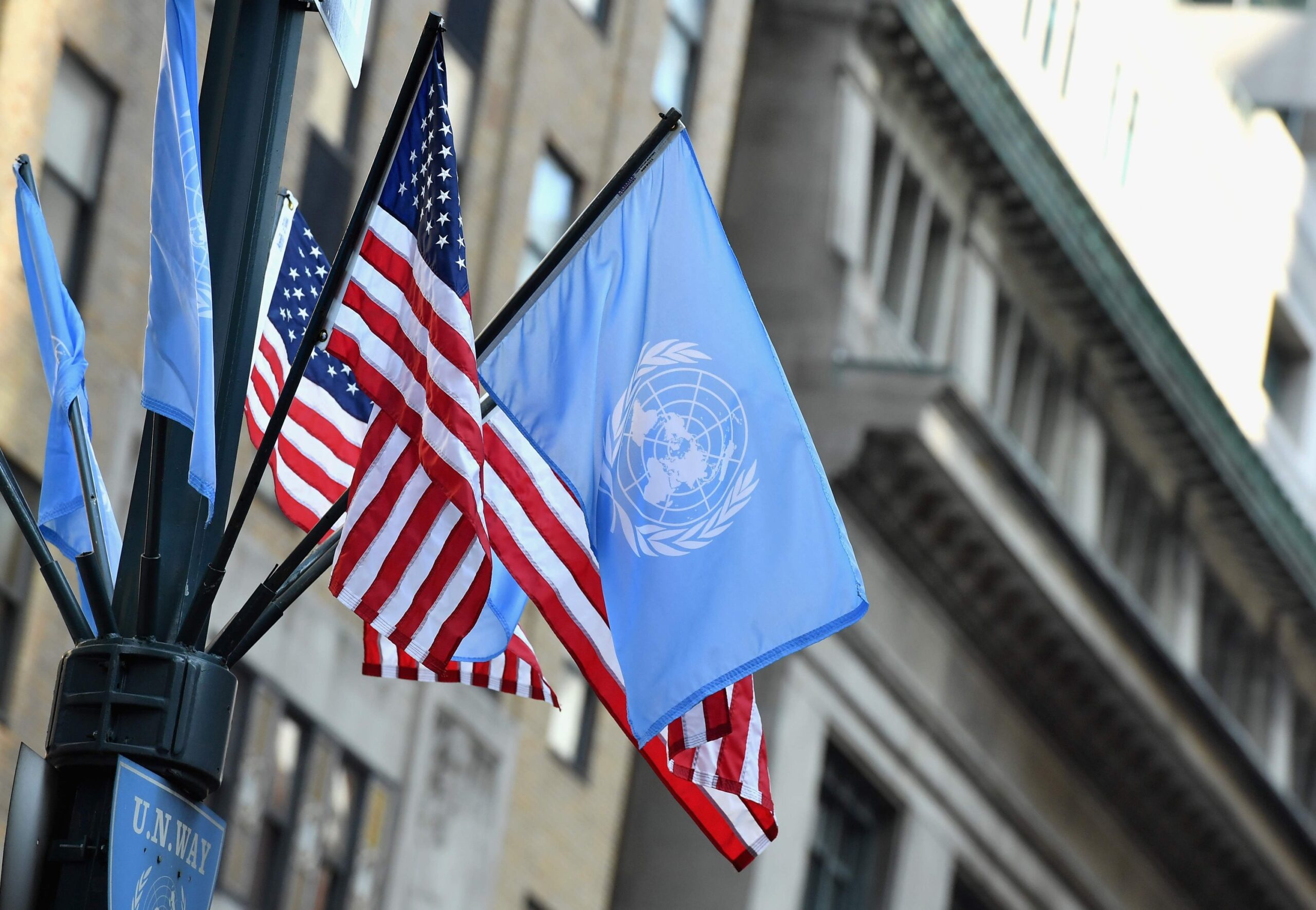What happens next in a pandemic with building high-impact multi-stakeholder partnerships for the Sustainable Development Goals?
A year ago, leaders around the world were grappling with the same question: “What happens next?” Many still don’t know, while others wonder if they’ll even have a pre-COVID to return to. COVID-19 is causing untold mutilation to people, economies, and societies, laying bare and intensifying many of the systemic challenges the SDGs are trying to address. The 2030 Agenda and the Sustainable Development Goals (SDGs or Global Goals) exemplify a fundamental shift in international development, recognizing the interconnectedness of prosperous business, a thriving society, and a healthy environment. In the face of the extreme threat, we see the limits of government in every country globally and a newfound understanding of the interconnectedness of business, society, and the environment.
From individuals to the United Nations, the whole of society has risen to action – whether individually or through innovative multi-stakeholder partnerships – to both tackle and alleviate COVID-19. Amid the COVID-19 crisis, the role of partnerships to deliver sustainable, inclusive, and resilient development could not be more essential or more urgent. As we move from the immediate crisis phase to rebuilding, the multi-stakeholder collaboration will be even more necessary to take advantage of the momentum and collectively build more inclusive, resilient, and sustainable societies.
Fortuitously, one of the lessons of the global pandemic is that you don’t need to meet in person to an established partnership to help make the world a more significant place. You do need individuals willing to come together that support the Global Goals and keep them engaged. The necessary recommendation towards using the sustainable development goals to ally the problems of our society is to establish partnerships between the governments, the private sector, and civil society.
From experience, the more knowledge the relevant individuals from all the partners have of the process of partnering (including the inevitable blockades that will come up), the faster a partnership can be developed, and the more likely it is to overcome more challenging times. By ‘process,’ we mean the ways of creating and managing partnerships, with a persistent eye on engagement, inclusivity, relationship, and trust-building, and co-creation. Effective partnering calls for outstanding personal leadership: courageous, risk-taking people can function in ambiguous situations while remaining outcome-focused.
When it comes to partnering, no manual or training event can ever be a substitute for the learning that comes from the experience of actually doing it. I highly recommend a reflective approach across the whole partnering cycle. In practice, this means careful consideration and planning before any engagement event with partners (phone call, meeting, roundtable discussion), to consider in advance the issues from your partners’ as well as your evaluations, and to think through how to approach the meeting to help advance the partnership while continuing to build the necessary trust and relationships (exceptionally when there are complex issues to be dealt with). All in all, effective partnering emerges to depend on the following things:
- Self-awareness: knowing what you are good at, your patterns of behavior and propensities, and areas for further growth;
- Contextual awareness: knowing what is happening in your immediate environment – both professionally and socially – in your organization, that of your partners, and beyond; and
- Understanding of the multifarious interplay between yourself and your circumstance.



